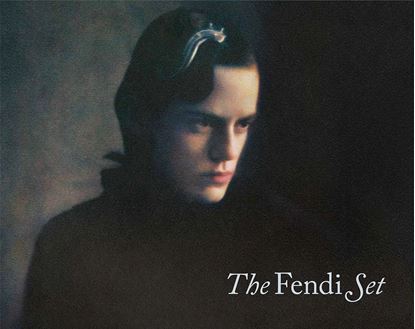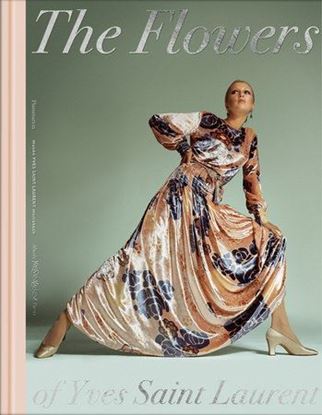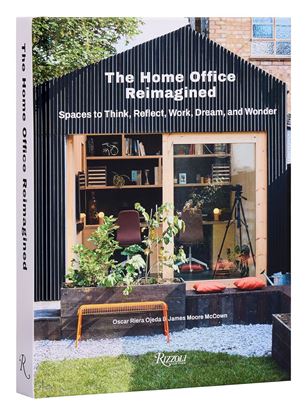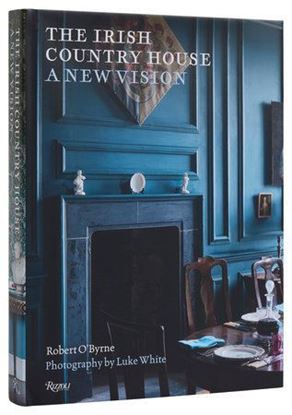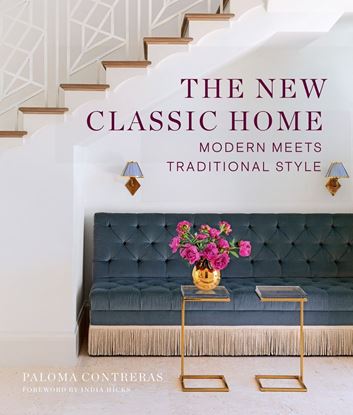

THE FLOWERS OF YVES SAINT LAURENT
Produced with the Yves Saint Laurent museums in Paris and Marrakech, this book examines how flowers served as the designer’s muse throughout his life and work.
Yves Saint Laurent’s passion for flowers and gardens was the source of endless inspiration. From a thousand and one rose buds to sprigs of lily of the valley, from an avalanche of bougainvillea to delicate poppy blooms, and from sheaves of wheat to majestic lilies, he metamorphosed nature in his creations. Employing flowers as a palette of patterns and techniques, he adorned women in floral appliqués, prints, and embroideries.
3,200
THE HOME OFFICE REIMAGINED
Featuring innovative home offices that are inventive, accessible, and often wonderfully serene, this book is a rich source of ideas and inspirations embracing the call to work from home!
Pavilions, sheds, studios, extensions—call them what you will, architects around the globe are experimenting with attached or detached workplaces and creating imaginative ateliers that strain the limits of “miniature”; one is just 100 square feet. It is a worldwide adventure in architectural experimentation and originality.
3,600
THE IRISH COUNTRY HOUSE
Forgoing the criteria of stateliness and opulence, this book is an exploration of the most captivating and unusual interiors in Ireland. Whether in the transformation of a derelict estate, the preservation of an historic hunting lodge, or the re-creation of a Gothic fantasy, each of the homes in this extraordinary book reflects a renewed vitality in the contemporary approach to Irish country houses.
4,500
THE NEW CLASSIC HOME MODERN MEETS
In The New Classic Home, beloved designer Paloma Contreras focuses her sought-after expertise on one of the most desired yet difficult tasks in decorating: how to design a space that successfully mixes traditional and modern elements. How does one bridge the gap between such different concepts? By walking readers through her four main techniques—color, texture & pattern, scale & proportion, and tension—Contreras demonstrates how to successfully pair seemingly disparate pieces from different eras and styles to create harmonious, timeless, and balanced interiors.
With spectacular color photography and personalized design tips, The New Classic Home divulges how to blend vintage pieces into even the most contemporary settings, highlight favorite elements of any architectural style, freshen classic silhouettes, and create layered, interesting spaces that always include an element of modern surprise with a touch of elegant antiquity.
2,995
THE NEW ROMANTIC GARDEN
Over her thirty-year career, celebrated designer Jo Thompson has become recognised for her timeless planting, well-proportioned, English-style gardens rendered modern by a staunch commitment to biodiversity to the eye this translates as a looser formality than English gardens of the past, though every bit as romantic.
2,995

